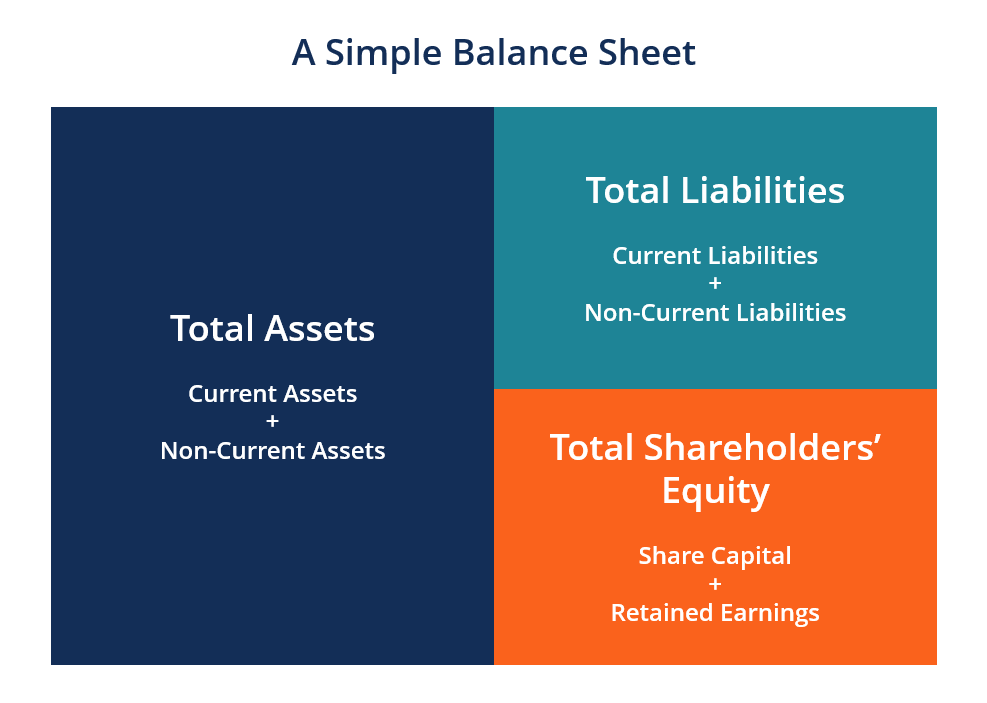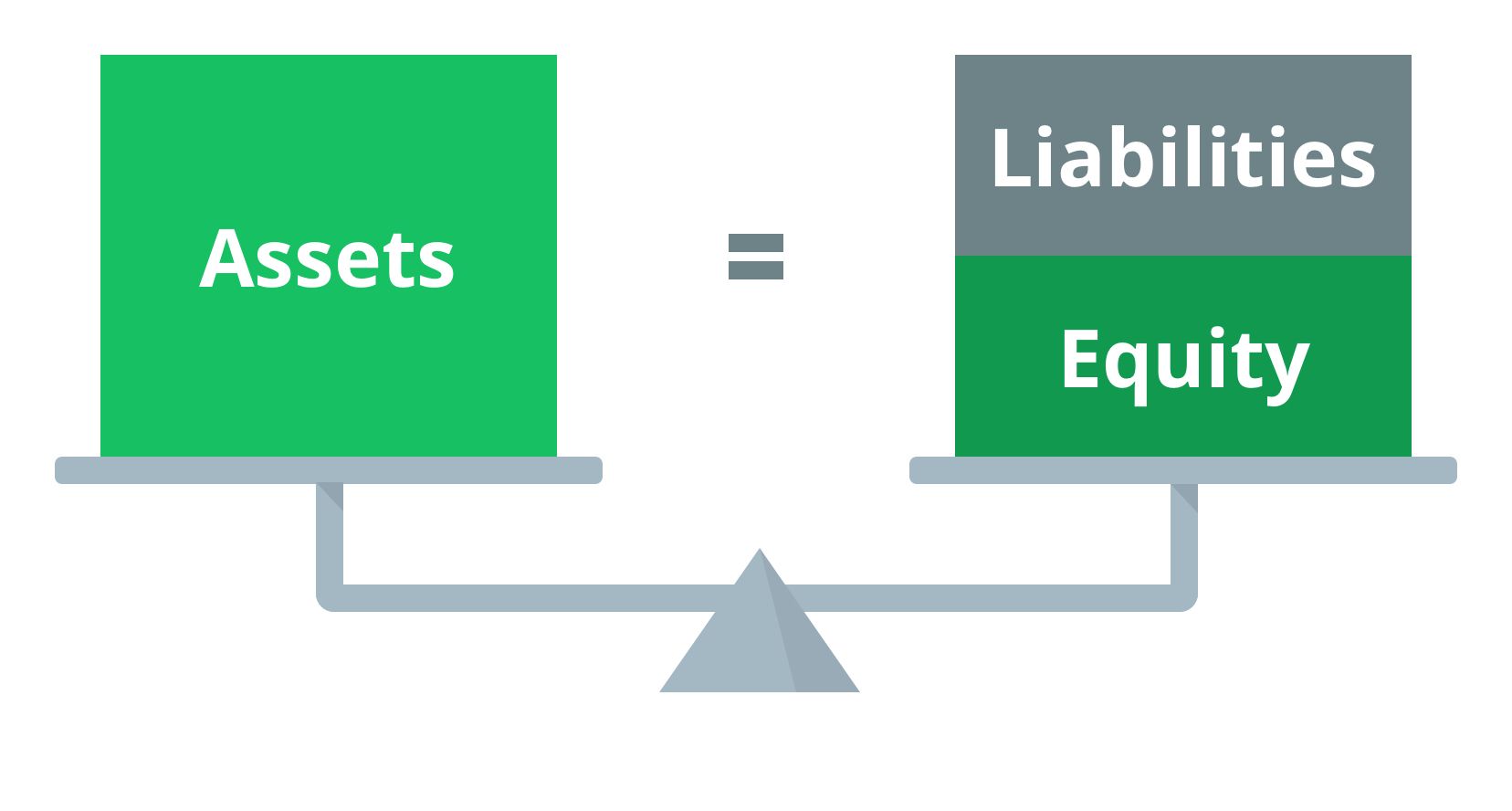What Is Equity Capital In Balance Sheet - Instead, shareholders gain ownership stakes and. Equity capital represents the funds a company raises by issuing shares to investors. Equity capital refers to the capital collected by a company from its owners and other shareholders in exchange for a portion of ownership in the company. Equity is one of the main components present on the. Equity capital is funds paid into a business by investors in exchange for common stock or preferred stock. This represents the core funding of a business,. Unlike debt, equity does not require repayment. Key different between equity and capital. Capital = 80,000 + 20,000.
This represents the core funding of a business,. Equity capital is funds paid into a business by investors in exchange for common stock or preferred stock. Equity capital represents the funds a company raises by issuing shares to investors. Instead, shareholders gain ownership stakes and. Key different between equity and capital. Capital = 80,000 + 20,000. Equity capital refers to the capital collected by a company from its owners and other shareholders in exchange for a portion of ownership in the company. Equity is one of the main components present on the. Unlike debt, equity does not require repayment.
Equity capital is funds paid into a business by investors in exchange for common stock or preferred stock. Capital = 80,000 + 20,000. Unlike debt, equity does not require repayment. This represents the core funding of a business,. Instead, shareholders gain ownership stakes and. Equity capital refers to the capital collected by a company from its owners and other shareholders in exchange for a portion of ownership in the company. Key different between equity and capital. Equity capital represents the funds a company raises by issuing shares to investors. Equity is one of the main components present on the.
The Balance Sheet
Unlike debt, equity does not require repayment. Equity capital is funds paid into a business by investors in exchange for common stock or preferred stock. Capital = 80,000 + 20,000. Equity capital represents the funds a company raises by issuing shares to investors. Instead, shareholders gain ownership stakes and.
Invested Capital Formula The Exact Balance Sheet Line Items to Use
Unlike debt, equity does not require repayment. Key different between equity and capital. This represents the core funding of a business,. Capital = 80,000 + 20,000. Equity capital refers to the capital collected by a company from its owners and other shareholders in exchange for a portion of ownership in the company.
Balance Sheet Definition Formula & Examples
This represents the core funding of a business,. Unlike debt, equity does not require repayment. Equity capital represents the funds a company raises by issuing shares to investors. Equity capital is funds paid into a business by investors in exchange for common stock or preferred stock. Key different between equity and capital.
Owners’ Equity, Stockholders' Equity, Shareholders' Equity Business
Instead, shareholders gain ownership stakes and. Unlike debt, equity does not require repayment. Equity capital is funds paid into a business by investors in exchange for common stock or preferred stock. Equity is one of the main components present on the. This represents the core funding of a business,.
Equity Method of Accounting Excel, Video, and Full Examples
Equity capital refers to the capital collected by a company from its owners and other shareholders in exchange for a portion of ownership in the company. Equity capital is funds paid into a business by investors in exchange for common stock or preferred stock. Equity capital represents the funds a company raises by issuing shares to investors. Capital = 80,000.
Balance Sheet Definition & Examples (Assets = Liabilities + Equity)
Unlike debt, equity does not require repayment. Capital = 80,000 + 20,000. This represents the core funding of a business,. Equity capital is funds paid into a business by investors in exchange for common stock or preferred stock. Key different between equity and capital.
Balance Sheet Key Indicators of Business Success
Key different between equity and capital. This represents the core funding of a business,. Equity capital refers to the capital collected by a company from its owners and other shareholders in exchange for a portion of ownership in the company. Unlike debt, equity does not require repayment. Equity capital is funds paid into a business by investors in exchange for.
How to Read a Balance Sheet (Free Download) Poindexter Blog
Key different between equity and capital. This represents the core funding of a business,. Capital = 80,000 + 20,000. Instead, shareholders gain ownership stakes and. Equity is one of the main components present on the.
Balance Sheets 101 Understanding Assets, Liabilities and Equity HBS
Equity is one of the main components present on the. Equity capital represents the funds a company raises by issuing shares to investors. Instead, shareholders gain ownership stakes and. Capital = 80,000 + 20,000. Equity capital is funds paid into a business by investors in exchange for common stock or preferred stock.
How balance sheet structure content reveal financial position Artofit
Equity capital represents the funds a company raises by issuing shares to investors. Equity capital refers to the capital collected by a company from its owners and other shareholders in exchange for a portion of ownership in the company. Instead, shareholders gain ownership stakes and. Equity capital is funds paid into a business by investors in exchange for common stock.
Equity Is One Of The Main Components Present On The.
Equity capital is funds paid into a business by investors in exchange for common stock or preferred stock. Equity capital represents the funds a company raises by issuing shares to investors. Capital = 80,000 + 20,000. This represents the core funding of a business,.
Key Different Between Equity And Capital.
Unlike debt, equity does not require repayment. Equity capital refers to the capital collected by a company from its owners and other shareholders in exchange for a portion of ownership in the company. Instead, shareholders gain ownership stakes and.


:max_bytes(150000):strip_icc()/dotdash_Final_Balance_Sheet_Aug_2020-01-4cad5e9866c247f2b165c4d9d4f7afb7.jpg)






